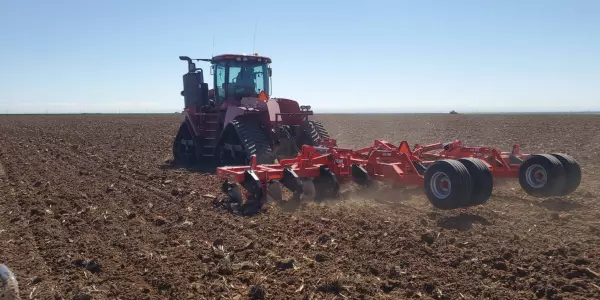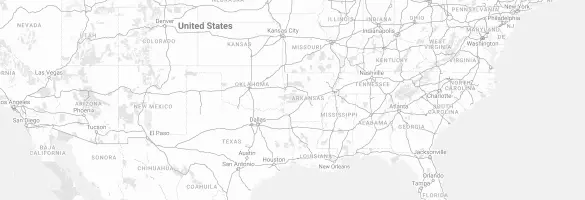
4835
The 4835 in-line ripper provides efficient compaction removal, while allowing crop residue to remain virtually undisturbed on the surface. Working widths ranging from 10’ to 27’6”, and a variety of shank and point options are available to meet your agronomic needs.


